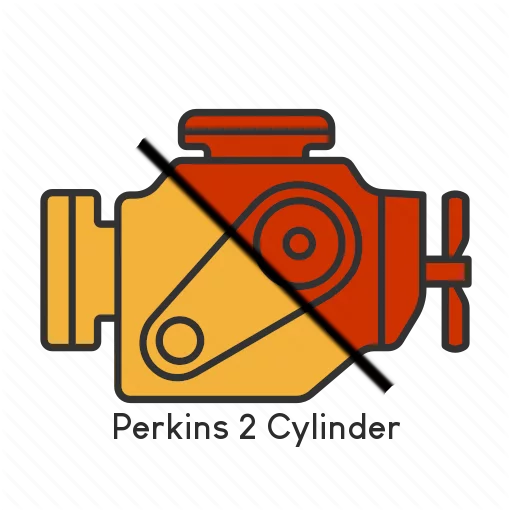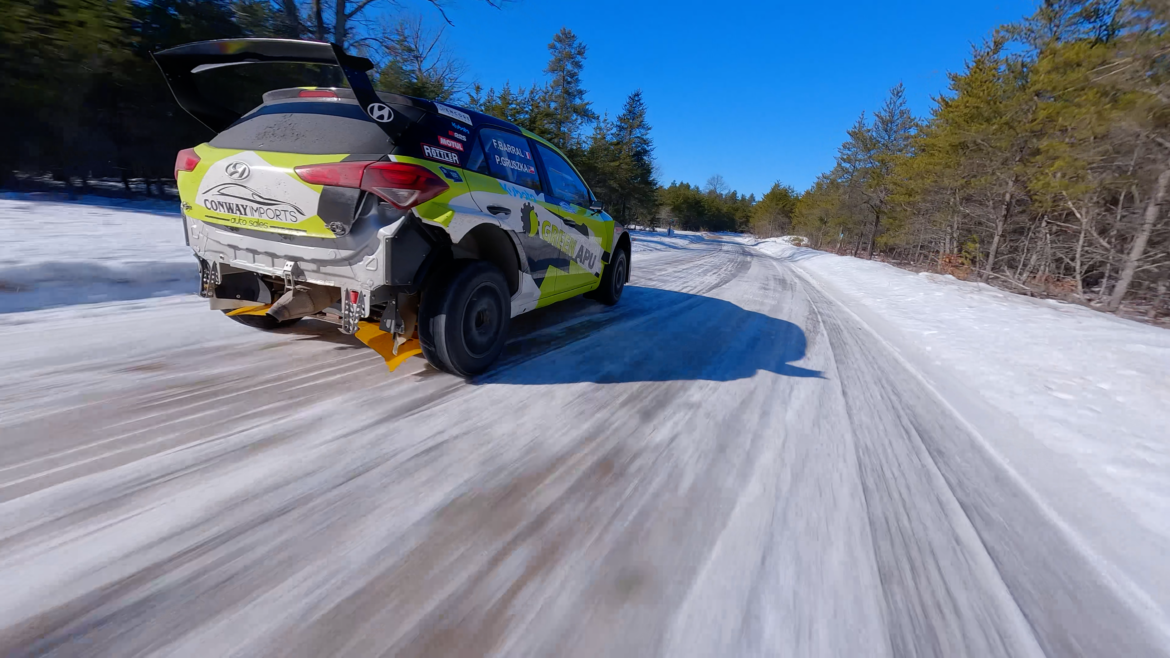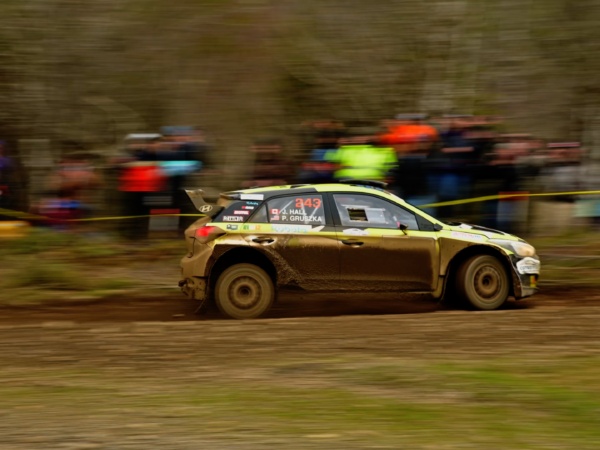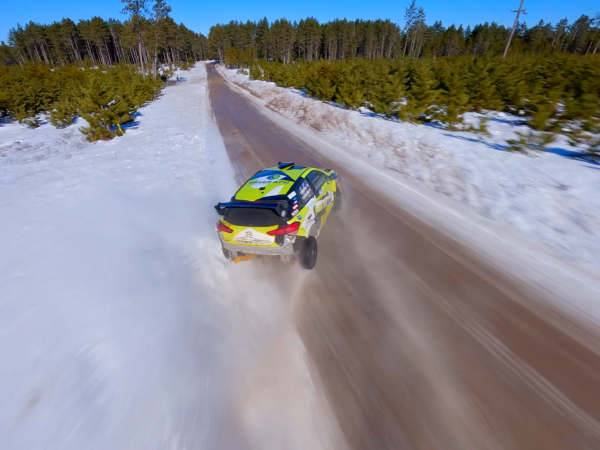Ask Patrick Series
“Talking Tires”
Every component of a Rally Race car is critical to a team’s success. This is especially true with regard to tires. In this edition, we caught up with Green APU Rally USA Racing driver Patrick Gruszka to discuss the specialized tires the team uses for each race.
What types of tires do you use?
Patrick: “We run special edition Pirelli’s that are specifically made for gravel sport racing.”
What is special about these tires?
Patrick: “Pretty much everything. These tires are made from a special compound that gives us extra grip for gravel. Also, in comparison to a street tire, they have stronger sidewalls to minimize flats.”
Are there any racing rules for tires?
Patrick: “Oh, for sure. The main rule is that our tires have to be DOT legal for the street racing that we do. Another rule is that there must be 4 tires on the car at all times.”
How many tires do you go through each race?
Patrick: “It depends on the amount of testing we do before the race, and of course what happens during the event. Generally speaking, we go through about 20-26 tires during the race week.”
How many tires will you go through in an entire season?
Patrick: “Every season is different of course, but I would say we burn through about 96-120 tires each year.”
Can racing tires be reused?
Patrick: “It depends on how much wear there is on a specific tire. For example, in Ohio on the street stage, we have reused worn down gravel tires, to mimic the performance of regular street tires.”
Do you use different tires for summer and winter racing?
Patrick: “The compounds are different. In the Pirelli series, a numbering system measures the hardness of the tires, with K4 being the hardest, and K8 the softest. For snow tires, a different form of rubber mixture is used in order to combat the slippery roads.
The downside to Rally races in the U.S. is that they do not allow us to use studs, which are really effective at griping the road in the snow. Without studs, it is kind of like ice-skating with gym shoes on. For summer racing in extreme heat, the harder the tire compound, the longer it will last.”
Do you need to change tires during a race?
Patrick: “Some competitors opt to rotate the tires, front to rear, since the back tires wear less. We want the best tires we have on the front, since steering is so critical.”
What happens if you get a flat tire during a race?
Patrick: “There’s a couple of things that can be done. First, you can decide to drive the stage on the flat tire, and try to minimize the time loss as best as possible. Another option is to stop and change the tire as quickly as you can. Depending on how efficiently you work with your co-driver, a tire change can take anywhere between 1-3 minutes.”
Have you ever had a blow out during a race?
Patrick: “Thankfully, no. Hopefully that trend will continue this season!”
What do you do with the tires once they cannot be used anymore?
Patrick: “We recycle them.”











